Do you love savoury curries? Are you looking to try something new and exotic? Then look no further than Tamil Brahmin Cuisine, a unique and flavorful style of cooking originating from the Tamil region in India.
For centuries, people have enjoyed it for its deliciousness, nutritional value, and authenticity. From humble vegetable side dishes to elaborate meat entrees, this style of Indian cooking offers a wide variety of mouth-watering options.
In this blog, we will explore the essence of Tamil Nadu through the vibrant flavours and aromatic delicacies that characterise this age-old culinary heritage. Let’s delve into the secrets of traditional Brahmin food together.
A Glimpse Into the Origin Of The Tamil Brahmin Cuisine
Tamil Brahmin cuisine, deeply rooted in traditional values, showcases a diverse culinary legacy shaped by centuries of historical influence. The culinary journey starts with simple spiced meals, evolving into complex dishes using local ingredients. Traditional recipes feature sesame seeds and curry leaves, with intricate cooking methods like blending spices with mustard seeds. Modern chefs add twists while respecting tradition, creating exquisite Brahmin cuisine.
With each bite, we are reminded of those early days when food was more than just sustenance; it was also an expression of love and affection shared between family and friends. The essence of Tamil Brahmin cuisine lives on to this very day.
A Sneak Peek Into The Evolution Of Tamil Brahmin Food
Tamil Brahmin cuisine traces its roots back to the Vedic period. It features traditional cooking methods like steaming, roasting, and stewing. Ingredients like coconut milk and tamarind are essential, influenced by royal patronage and British colonialism. The cuisine blends diverse flavours, incorporating seasonings from various cultures. Restaurants globally offer tasty interpretations of classic dishes, known for their popularity and health benefits. From vegetable-rich curries to protein-packed lentil stews, there’s something for every palate.
Exploring The Aromas & Flavors Used In Tamil Brahmin Cooking
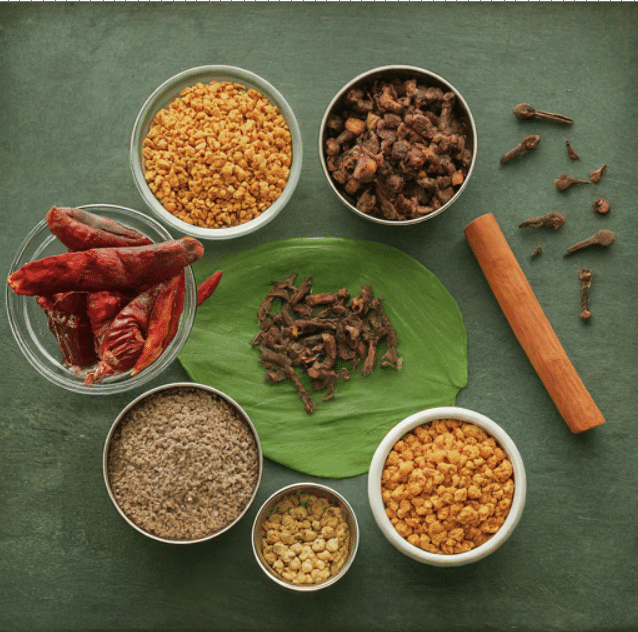
Aromatic Spices Used In Tamil Brahmin Cooking
A closer look at the flavours and ingredients used in Tamil Brahmin cuisine reveals an extraordinary world of diverse aromas, textures, and tastes. From rich spices like cardamom and coriander to tangy tamarind paste, each ingredient is crucial in giving dishes their unique flavour profile. Take, for example, sambhar – one of the most popular dishes of South India – which is made with lentils cooked in a spicy-tangy base enhanced by asafoetida, curry leaves, and other herbs and now let’s take a glance into a few diverse aspects of key ingredients, spices and seasonings:-
Sacred Grains and Vegetables
Tamil Brahmin cuisine emphasises the use of sacred grains, vegetables like rice, lentils, curry leaves, coconut, and ginger, along with spices like cumin and mustard seeds. This blend symbolises health and auspiciousness, reflecting tradition and spirituality in Brahmin cooking.
Unique Spices and Seasonings
In Tamil Brahmin cuisine, spices and seasonings are key. Mustard seeds sizzle in oil, curry leaves release an earthy aroma, and tamarind paste adds tanginess for exciting flavours. Each spice is carefully chosen to enhance dishes, turning simple ingredients like rice flour and coconut milk into traditional delicacies.
Traditional Cooking Techniques of Tamil Brahmins
A key part of Tamil Brahmin cuisine is using traditional ingredients and techniques to create something truly unique. From pulses, grains, and spices like cumin, cardamom, and turmeric to vegetables such as okra and aubergine – it is easy to see why this food has been so popular for centuries. But what about cooking methods? Let’s look at some classic styles used in these recipes.
Sauteing
Common in Tamil Brahmin cuisine, sautéing vegetables preserves their flavour and tenderness, accentuating natural sweetness. Steaming is also key for preserving delicate flavours and avoiding prolonged cooking.
Tempering
Finally, another technique often seen in Tamil food is tempering, where various spices are added directly into hot oil before being poured over other ingredients. By heating oil and adding mustard seeds, curry leaves, and other spices, flavours are enhanced. Sesame seeds, coconut, and ghee are traditionally used for richness. This process infuses dishes with layers of flavour, elevating the taste experience for exquisite results.
Rooted in ancient practices, cooking methods emphasize precision and tradition, with seasoning rituals adding a spiritual dimension to each dish, honoring heritage and skill.
Celebratory Foods: Festival Brahmin Dishes
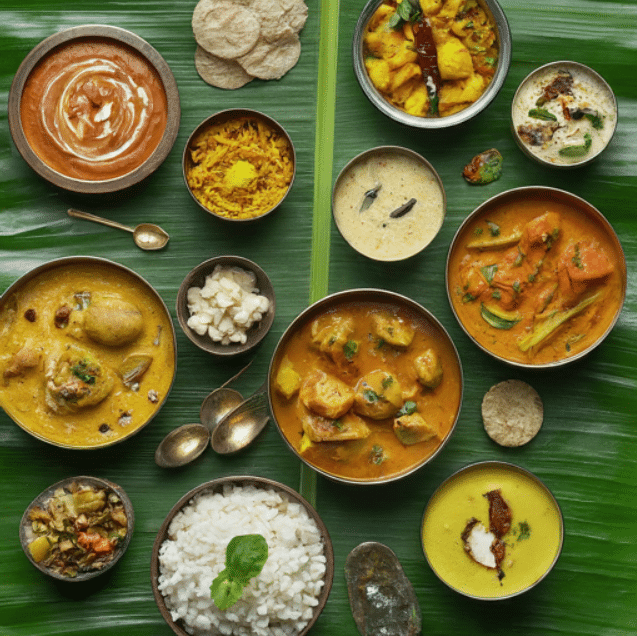
Festival Brahmin Dishes With Exotic Flavouring
During festivals, Tamil Brahmins exhibit their culinary skills with a range of traditional dishes. These Brahmin festival dishes embody celebration and community, merging tradition with flavour. Each dish, from biryani to laddu, holds cultural importance. Specialities like athirasam, rasam, and sambar are prepared meticulously, enhancing joyful gatherings and cherished traditions with their delightful flavours and enchanting aromas.
Special Occasion Sweets and Savories
At Tamil Brahmin celebrations, savour the array of special occasion sweets and savouries, blending flavours and textures into a sensory symphony. From athirasam to laddu, each dish is a culinary masterpiece steeped in tradition, making every occasion memorable.
Whether it is important festivals like Diwali or traditional south indian festivals, these treats offer a blend of flavours and textures, creating a sensory symphony with each bite.
Popular Dishes and Recipes from Tamil Brahmin Cuisine
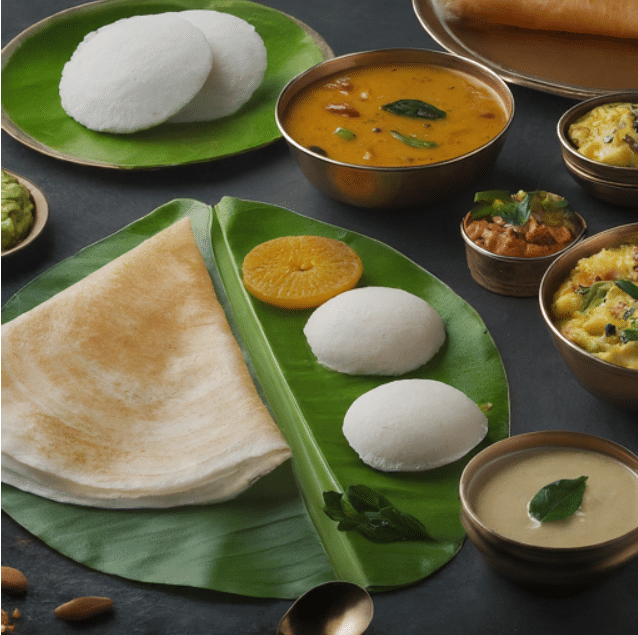
Popular Dishes From Tamil Brahmin Cuisine
Tamil Brahmin’s popular dishes reflect their culinary traditions. From thayir sadham to sambar and rasam, these dishes showcase simplicity and nutritional balance.
Some popular recipes include idli sambhar – steamed rice cakes with lentils in a spicy-tangy base; and rasam – a thin broth made with tamarind pulp and spices, mixed vegetable poriyal and mango pachadi.
Tamil Brahmin cuisine is famous for its signature dishes, each with a distinct flavour profile that sets it apart from the rest. There are also many delicious sweets such as payasam – creamy kheer served during festivals or weddings; and adhirasam – deep-fried dough balls coated with jaggery syrup.
For those who want to try cooking Tamil Brahmin style at home, plenty of resources are available online. Whether you feel like trying nutrition-driven rice recipes instead of biryani or recipes with a heavy spice quotient like veg manchurian curry, there is no shortage of options to explore in traditional Brahmin food. With just a few simple ingredients and some time, anyone can create authentic flavours that will tantalise the taste buds.
These flavorful dishes provide an insight into the traditions behind this unique culinary culture that dates back centuries but continues to evolve today. These time-honoured recipes offer a glimpse into the rich tapestry of Tamil Brahmin gastronomy.
Must-Try Vegetarian Curries and Gravies
To savour authentic Tamil Brahmin cuisine, try their must-have vegetarian curries and gravies. These dishes blend spices like mustard seeds, curry leaves, and coconut milk. Enjoy the aromatic sambar, a tangy lentil curry with tamarind paste, or the nutritious kootu stew with vegetables in coconut-lentil gravy. Experience unique flavours in these delightful dishes.
Signature Rice Dishes
Signature rice dishes in Tamil Brahmin cuisine are a blend of flavours and textures representing tradition. “Thayir Sadam” is creamy yoghurt rice tempered with mustard seeds, curry leaves, and ginger. “Athirasam” is a sweet rice flour delicacy fried in ghee. These dishes combine simple ingredients like sesame seeds, coconut, and jaggery syrup to create timeless culinary wonders.
Perhaps one of the most iconic dishes in Tamil Brahmin cuisine is idli-sambar – a classic breakfast combination consisting of steamed rice cakes served alongside lentil soup spiced with curry leaves and mustard seeds. This duo offers a delicious flavour and packs plenty of nourishment for a hearty meal any day! Other specialities include kootu (a stew-like dish), vadai (fried snacks), and pachadi (yoghurt relish). All these options showcase just how vibrant and varied this food can be.
What Makes It Unique? Comparing Tamil Brahmin Cuisine To Other Indian Cuisines
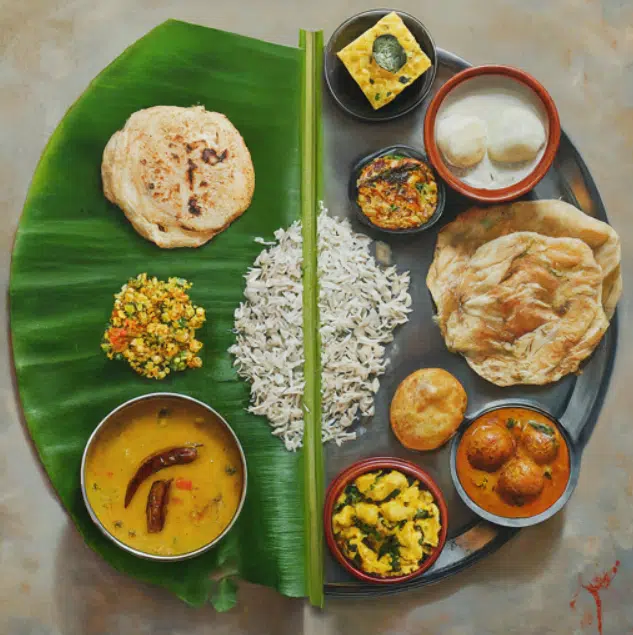
Tamil Brahmin Cuisine Vs Other Indian Cuisines
Tamil Brahmin cuisine is like a hidden gem amongst the many Indian cuisines, with its distinct flavours and ingredients. Compared to other regional culinary styles from India, Tamil Brahmin dishes are characterised by using more subtle spices and speciality vegetables native to South India, such as drumstick leaves and ridge gourd.
Other notable features include the reliance on coconut milk for added flavour and richness, providing an alternative to dairy-based curries found in North Indian food.
All these elements combine to create a distinctive cuisine that will tantalise even the pickiest eater’s palate. From tangy rasam soup to sweet payasam desserts, this vibrant gastronomic landscape offers something for every craving. With its rich history and diverse flavours, Tamil Brahmin cuisine is one of India’s most treasured delicacies—offering both nutrition and pleasure in equal measure!
Conclusion
Tamil Brahmin cuisine is a unique culinary experience passed down through generations, with each region and family adding their own twists to the recipes. It is an intriguing combination of flavours and aromas, traditional ingredients, and cooking techniques that creates some truly delicious dishes.
What makes it so special? Well, there are two main factors: firstly, its simplicity – many Tamil dishes only require five or six key ingredients; secondly, its use of spices – no other Indian cuisine can match up in spice levels! From hot sambar to cooling rasam curries, from sour pachadi chutneys to sweet payasam for dessert – these distinct flavours make every dish a tempting treat, carrying a story of time-honoured tradition and innovation.
Frequently Asked Questions
What Are the Must-Try Tamil Brahmin Dishes for a First-Timer?
Indulge in iconic Tamil Brahmin dishes like crispy vadais and flavorful sambar for a true culinary experience. Don’t miss out on comforting pongal and aromatic rasam, essential for savouring the rich heritage of this cuisine.
What are the key characteristics of traditional Brahmin food?
Tamil Brahmin food is characterised by the use of sacred grains, unique spices, and traditional cooking techniques like tempering. The cuisine emphasises wholesome breakfasts, light lunches, and celebratory festival dishes. Rich in tradition and flavour, it showcases a blend of heritage and culinary expertise.
What are some popular dishes in traditional Brahmin cuisine?
Some popular dishes in traditional Brahmin cuisine include flavorful vegetarian curries, aromatic rice dishes like lemon rice and tamarind rice, and sweet delicacies such as Kesari and paal payasam. These dishes showcase the rich cultural heritage and unique flavours of Tamil Brahmin cooking.

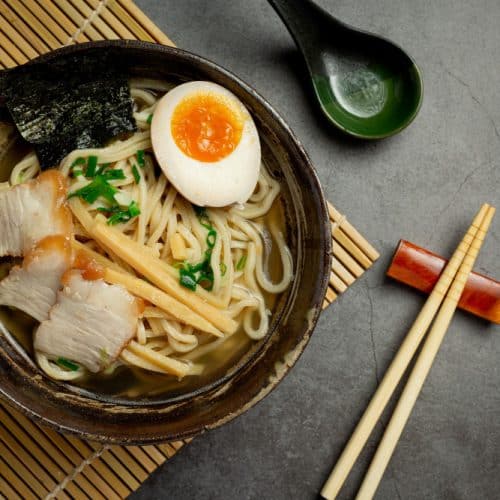
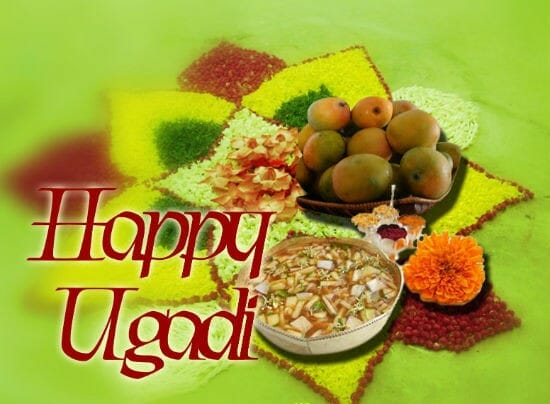

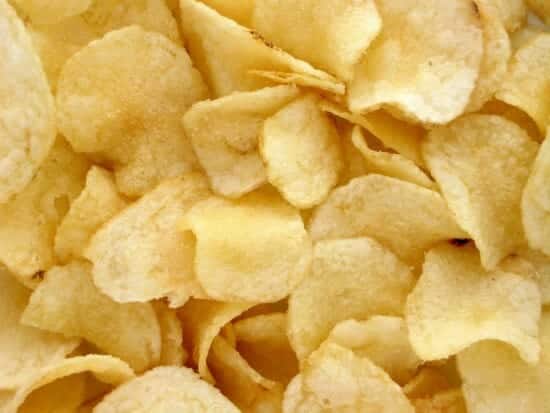
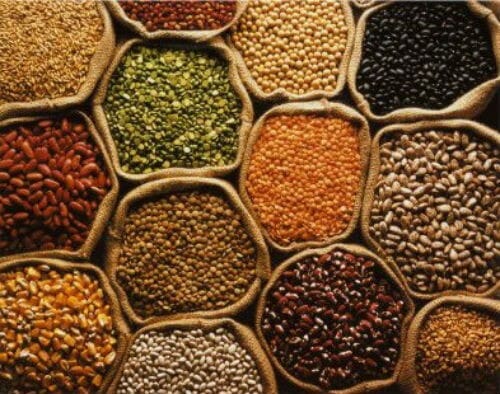
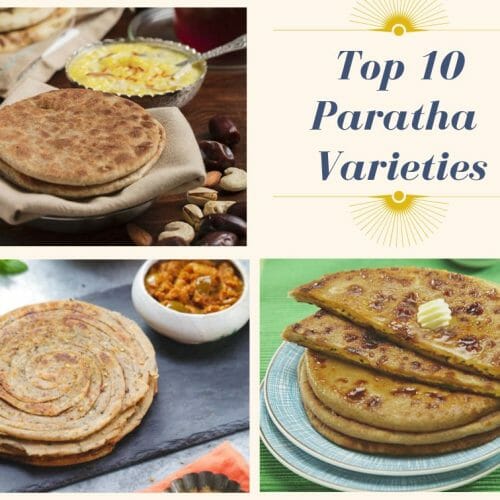
14 comments
CAN YOU RECOMMEND SOME ADDRESSES SERVING PURE TAMILIAN BRAHMINS FOOD BY TIFFIN IN MUMBAI?
This was a good read, I’m always trying to broaden my food palette horizon 🙂
IT IS NICE
Brahmins are vegetarians. The very idea of eating animal based food is repulsive. You are carazy to include them in this site. Change the name of your site
adiyen is a strict srivaishnava, not consuming garlic and onion. We also do not eat mushrooms. There are hardly any recipe without onion and garlic.
Can you come out with a continous series of vegetables without onion and garlic?
sorry madame, consumption of Onion & garlic is not allowed in any Brahmins house. Same is the case with jains, swaminarayan followers in Gujarat and Rajasthan, Iscon followers etc., You can replace Onion,garlic with ” perunkayam” (asafoedita).
Ramesh Subrahmaniam
It is awesome but it is very unfortunate that nowadays not only the food but the whole brahmin community is shrinking and deviating from the habits, custom and community. I don’t know how could it be saved.
the best
I would like to say our bramin samiyal is very tasty. for me i can learn most of the dishes from here only. our tradition cooking now days not inuse. so, i am very much thanks to this site.
Me a brahmin can literally live on “sambar”any type “rasam” any type with appalam and “thayirsadham” ofcourse I need a small piece of either “mysorepak” or “pal poli” a spoon of “thirattuppal” and “filter coffe” I can’t live without it even I am 63 years old!!!!
My family members are fed up with my favourite and touch wood except aliitle problem I am fit like fiddle…I just want to thank my grandmother who formed this habit till 8 years…
Even though I am not a foodiee once in a while the complete cusine is atemptation for me…all the Iyers over this group…Thyank you..Thank you.Thank you…to be in this great community……
Ramakrishnan grandson of late Panchapakesan Iyer of Vanadurai High school at Kumbakonam
sir, neiya vittutela it is important that we have ghee with the paruppu and then the sambar
every ingredient used in the Tambram(Tamil-Brahmin) cuisine has a purpose that goes beyond taste and texture.
9 it is very helpful
Thank you Kamakshi. We are glad to be publishing useful articles like these. Please also check out the entire food guide.
https://www.awesomecuisine.com/foodguide